If you're dedicated to a plant-based lifestyle and serious about your fitness, you've likely heard the buzz around creatine. But with so many options out there, finding the right one can feel like a workout in itself. We're here to cut through the noise and give you a clear, friendly guide to picking a high-quality vegan creatine that truly supports your goals.
Why Creatine Is a Game-Changer for Vegan Athletes
Let's start with a simple truth: creatine is naturally abundant in animal muscle tissue. Because of this, those following vegan or vegetarian diets typically have lower baseline levels of creatine stored in their muscles. This isn't a problem for everyday life, but when you're pushing your physical limits, it presents an opportunity for a significant performance boost.
Think of creatine monohydrate as a rapid-recharge battery for your muscles. It helps your body quickly regenerate its main energy currency, ATP, which is used for short, explosive movements. We're talking about that extra rep on the bench press, a more powerful jump, or a faster sprint. The plant based creatine benefits are tangible, directly supporting strength gains, improving power output, and aiding in muscle growth. These are key pillars for anyone looking for effective vegan muscle building supplements.
It's also important to clear up a common misconception. Creatine is not a steroid. In fact, it's one of the most extensively researched and safest supplements available for enhancing athletic performance. The science supporting these outcomes is robust, showing just how effective creatine monohydrate really is for dedicated athletes. For a vegan athlete, supplementing with creatine isn't just about adding something extra; it's about replenishing what your diet naturally lacks, allowing you to perform at your peak.
Decoding Labels for Plant-Based Purity

Now that you know why creatine is so helpful, let's talk about how to make sure what you're buying is truly plant-based. The good news is that most creatine is vegan by default. As explained by Treehugger, the common manufacturing process involves synthesizing sarcosine and cyanamide, which are not derived from animals. So, the creatine molecule itself is almost always vegan.
The real challenge comes from hidden additives and fillers that can sneak into the final product during manufacturing. When you're scanning a label, you're not just looking for what's in it, but also what's not. Keep an eye out for a "Certified Vegan" logo, which is a trusted shortcut. However, becoming a confident label-checker will give you ultimate peace of mind. Here are a few things to watch for when you're seeking creatine without animal products:
- Gelatin: Often used to make capsules, gelatin is an animal byproduct. If you prefer capsules, make sure they are specified as "veggie caps."
- Magnesium Stearate: This common flow agent can be derived from either plant or animal sources. If a brand doesn't specify the source, it's a red flag.
- Unspecified "Fillers" or "Flow Agents": Vague terms like these can hide non-vegan ingredients. A transparent company will tell you exactly what's in their product.
- Certain Flavorings or Colorings: While less common, some additives used in flavored creatine powders can be animal-derived.
Ultimately, the simplest approach is often the best. A product with a clean, minimal ingredient list is a strong signal of quality and purity. For those seeking a straightforward and clean option, a product with a single ingredient is often the best choice.
The Critical Role of Third-Party Testing
Reading a label is a great first step, but how can you be absolutely sure that what's on the label is what's in the tub? This is where third-party testing becomes your most valuable ally. Think of it as an independent audit that verifies a company's claims, providing a layer of trust that a brand simply can't create on its own.
When a product is third-party tested, it means an unbiased organization has rigorously examined it for several key factors. Look for logos from reputable certifiers like NSF or Informed-Sport on the packaging. This seal of approval confirms a few critical things. First is purity, ensuring the product is free from harmful contaminants like heavy metals, microbes, or other impurities. Second is potency, which verifies that you're getting the exact amount of creatine advertised on the label, no more and no less.
For athletes, it also confirms the product is free of substances banned in competition. But for a vegan, there's another crucial benefit: it helps prevent cross-contamination. A facility might handle whey protein or other animal-derived ingredients, and third-party testing provides assurance that protocols are in place to keep your vegan product pure. This is a level of confidence that reading an ingredient list alone cannot provide. In fact, expert reviewers at Garage Gym Reviews often highlight third-party testing as a crucial factor when identifying the best vegan creatine, as it guarantees purity and label accuracy. This makes independently verified products the clear choice for the best vegan creatine monohydrate.
Micronized vs. Standard Monohydrate: What's the Difference?

You'll often see creatine monohydrate sold in two forms: standard and micronized. This can be a point of confusion, but the difference is actually quite simple and comes down to user experience. "Micronized" just means the creatine powder has been milled into much finer particles.
The main advantage of this is improved solubility. Micronized creatine dissolves more easily and completely in liquid. If you've ever had standard creatine that felt a bit gritty or settled at the bottom of your glass, you'll appreciate the smooth texture of a micronized powder. For some people, this enhanced mixability may also lead to better digestive comfort, as the standard form can sometimes cause minor bloating in sensitive individuals.
Here's the most important takeaway: both micronized and standard creatine monohydrate are identical in terms of effectiveness. They deliver the exact same performance benefits for strength, power, and muscle growth. The choice is purely about your personal preference for texture and mixability, and whether you're willing to pay a small premium for the smoother experience. To make it even clearer, here's a simple comparison:
| Factor | Standard Monohydrate | Micronized Monohydrate |
|---|---|---|
| Mixability | Can be gritty, may settle at the bottom | Dissolves easily and completely |
| Texture | Slightly sandy or gritty in liquid | Smooth, no noticeable texture |
| Digestive Comfort | May cause bloating in sensitive individuals | Often better tolerated, less potential for discomfort |
| Effectiveness | Equally effective for strength and muscle growth | Equally effective for strength and muscle growth |
| Cost | Generally more affordable | Typically priced slightly higher |
Note: This table compares the two forms based on user experience and physical properties. Both deliver the same performance benefits; the choice depends on personal preference and budget.
Once you've chosen your preferred type of creatine, you can find more tips for optimizing your routine on our blog.
How to Integrate Creatine into Your Daily Routine
You've picked the perfect product, and now you're ready to start using it. The good news is that the process is incredibly simple. Forget complicated protocols; the key to seeing results with creatine is all about consistency. Here is a friendly, step-by-step guide on how to take creatine vegan style for the best results.
- Stick to the Dose: The science-backed recommendation is a daily maintenance dose of 3-5 grams. Some people start with an optional "loading phase" of higher doses for a week, but taking 3-5 grams daily from the start will get you to the same place. It just takes a little longer to fully saturate your muscles.
- Be Consistent: This is the most important rule. Take your creatine every single day, including on your rest days. The goal is to keep your muscle stores topped up. Don't stress about the exact timing; whether you take it before or after a workout doesn't make a significant difference. Just pick a time that's easy to remember.
- Mix it Smart: Creatine monohydrate is virtually tasteless, so you can easily mix it with water. To potentially enhance its uptake into your muscles, try mixing it with a source of carbohydrates, like fruit juice or a recovery shake. Blending it into your morning smoothie is an easy way to stay consistent, and you can find some delicious ideas in our guide to easy vegan protein recipes.
- Hydrate, Hydrate, Hydrate: This point is non-negotiable. Creatine works by drawing water into your muscle cells, so you need to drink plenty of water throughout the day to support this process and stay properly hydrated. Think of it as part of the supplement's job.
Choosing Brands Aligned With Your Values
As a vegan, your choices are often guided by more than just ingredients. They're a reflection of your ethics and values. When selecting a creatine supplement, we encourage you to look beyond the product itself and consider the company behind it. Is the brand transparent about its sourcing and manufacturing? Do they use sustainable packaging, like recycled materials or reduced plastic?
Your purchase is a vote for the kind of business practices you want to see in the world. Supporting companies that are open, honest, and committed to quality ensures that your supplement choice is in complete harmony with your lifestyle. Choosing companies that prioritize transparency and high-quality ingredients, like Beyond Good Foods, ensures your supplement choice aligns with your principles. This way, you can feel good about what you're putting in your body and the impact you're making.



